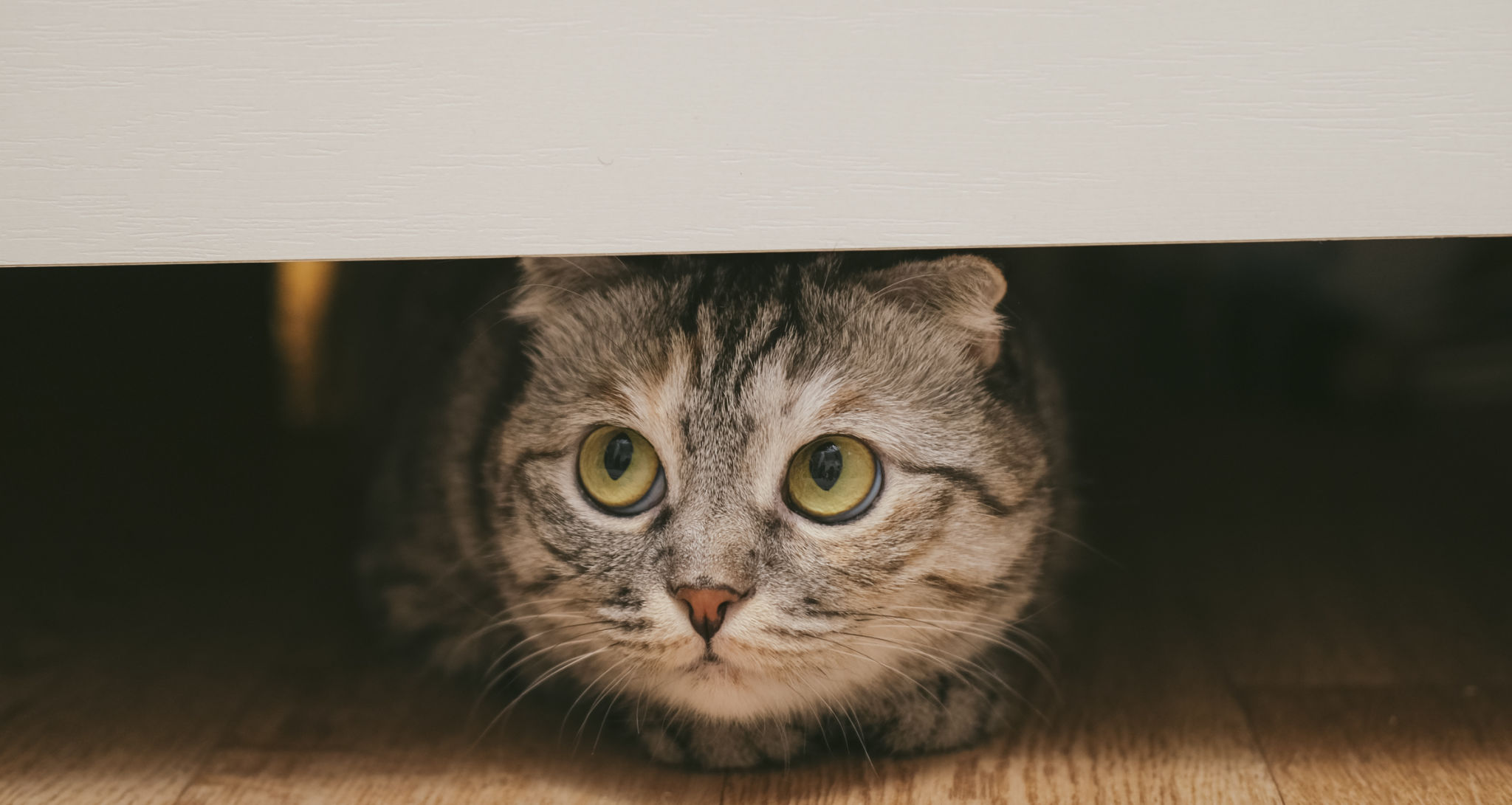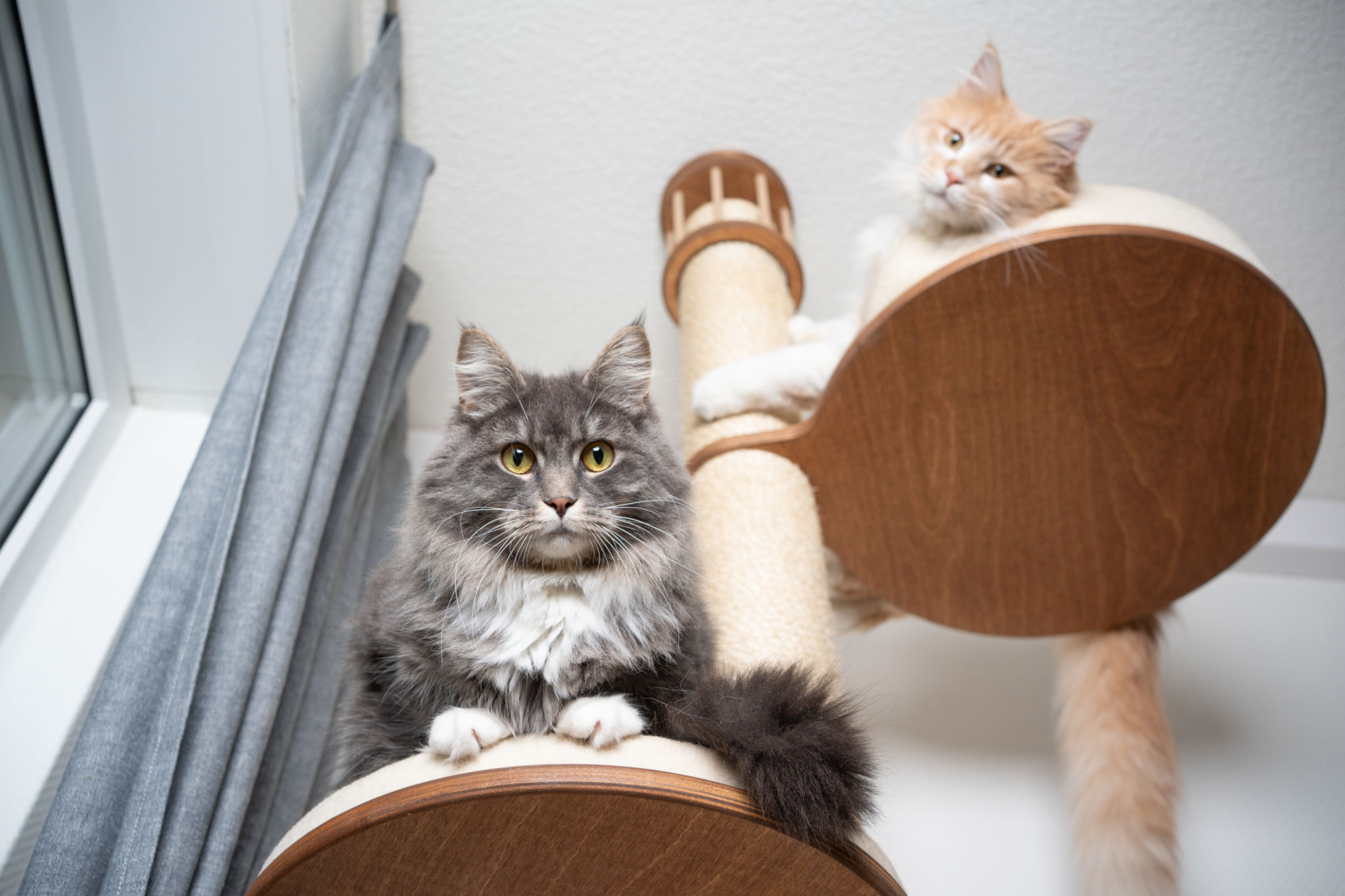🐾 Welcoming a New Cat: How to Prepare for a Purrfect Start

Bringing a new cat home is such an exciting time—and if you're anything like most new cat parents, you're probably equal parts thrilled and nervous. Whether you're adopting a tiny whirlwind of fluff or offering a home to a more mature cat, a bit of thoughtful preparation can make all the difference in helping your new companion feel safe, secure, and understood.
As a feline behaviourist and nutritionist, I’ve helped many guardians through this transition—and I’m here to make it easier for you, too.
1. Create a Safe First Space
Before anything else, set up a quiet room or area where your cat can decompress when they first arrive. Think of this as their “safe zone”—a place with cozy bedding, a litter box, scratching post, water, and food. Let them explore at their own pace. Avoid introducing them to the whole house all at once—especially if you have other pets.
Give them time. Let them come to you. Trust is something you build slowly, not something you expect immediately.
2. Litter Box Essentials
You’d be surprised how much litter box setup can affect a cat’s behaviour and wellbeing. Use unscented litter, skip the covered boxes, and place the tray somewhere quiet and private—but not tucked away where your cat can’t find it. For kittens, make sure the box is shallow enough to climb into easily. And remember, the golden rule: one box per cat, plus one extra.
3. Feeding: Please, No Dry Food
I can’t stress this enough—please don’t feed dry food. It’s heavily processed, full of carbohydrates cats don’t need, and it lacks moisture, which is essential for their health. Instead, start with a good quality wet food—look for options with at least 65% meat, no grains, no sugar, and no fillers. Skip popular supermarket brands. They might be easy to find, but they aren’t doing your cat any favours.
Want to go a step further? A properly balanced raw or homemade diet can do wonders. But this has to be done right—if you’re thinking about making that switch, feel free to reach out to me. I’ll help you tailor the diet to your cat's age, health, and needs.
4. Transition Food Slowly
If your new cat or kitten comes with a diet you’d prefer to upgrade, don’t rush. Mix the new food in slowly: start with 90% of their current food and 10% of the new, then gradually adjust over 7–10 days. This avoids digestive upset and gives your cat time to adjust. Keep an eye on their appetite and stool along the way.
5. Scratching and Enrichment Are Not Optional
Scratching is natural and necessary—it’s how cats keep their claws healthy, stretch their bodies, and mark territory. Provide plenty of scratching options: vertical posts, horizontal pads, and ideally, something in every room your cat will use. Rotate toys often, use wand toys to mimic hunting, and make time for play every day—especially if you’re bringing home a kitten. Trust me, it will save your furniture and your sanity.

6. Give Them Height and Hiding Spots
Cats feel safer when they can get up high or tuck themselves away. Provide cat trees, window shelves, or even cardboard boxes and tunnels. These spaces are especially important for shy cats, or when other pets or young children are part of the home.
7. Keep Things Calm and Consistent
Cats love routine. Feed them at regular times, avoid loud noises during their adjustment period, and give them time to explore at their own pace. Some cats will settle in quickly—others might take a few weeks. That’s perfectly normal. Patience builds trust.
8. Vet Visit and Basic Health Check
If possible, find out in advance if your cat has been vaccinated, dewormed, or treated for fleas. A basic vet check shortly after adoption is a good idea—especially for adult cats. I also recommend a baseline blood and urine test for newly adopted cats if you can. And if you’re not sure what to ask the vet or which tests are worth doing, let me know. I’m happy to guide you.
9. Please Consider Insurance
Vet bills can add up quickly, especially if something unexpected happens. Pet insurance gives you peace of mind—and it’s best to get it sorted right away, while your cat is still healthy and eligible for full coverage. Look for a plan that covers both emergencies and chronic conditions.
10. Every Cat Is Unique—And Not All Want to Be Lap Cats
It’s important to remember that cats are not toys, and they don’t exist to fulfil our expectations of constant cuddles. Some will happily curl up on your lap for hours, while others will show love in quieter ways—like sitting nearby, blinking slowly at you, or following you from room to room without ever asking to be touched. That doesn’t mean they don’t love you—it just means they love you in their own way.
Accepting your cat for who they are is one of the most important parts of being a great cat guardian.
Need help with diet? Behaviour? Settling in a nervous cat?
I offer one-on-one consultations designed to support both you and your cat. Whether you're starting from scratch or just need a few tailored suggestions, I’d love to help you start this journey with confidence and clarity.
🐾 Welcome to the wonderful world of life with cats. You’re going to love it here.
Visit me on my instagram or facebook
🧡 Martyna
Feline Behaviourist & Nutritionist
Founder of CatZone